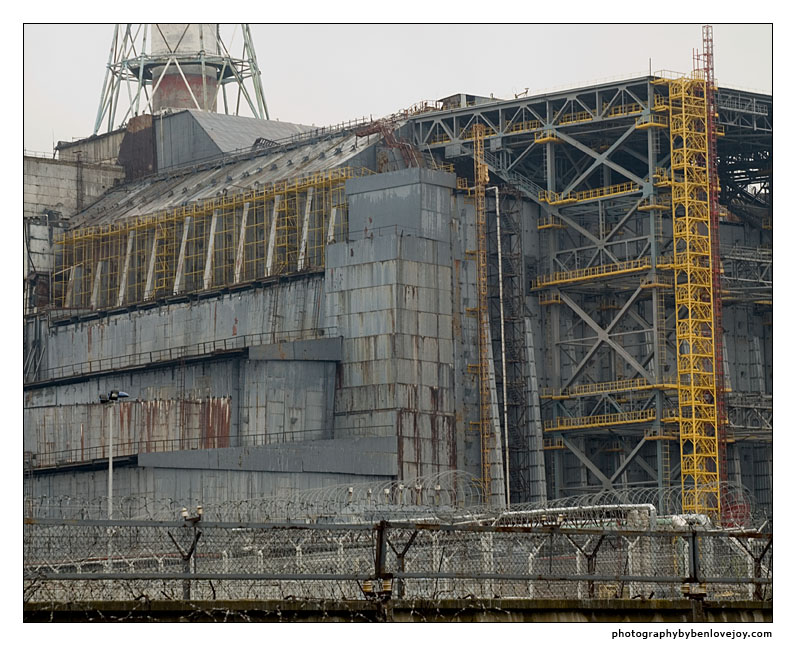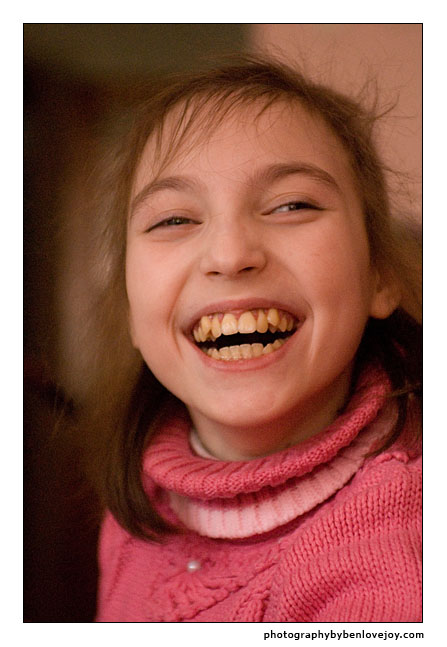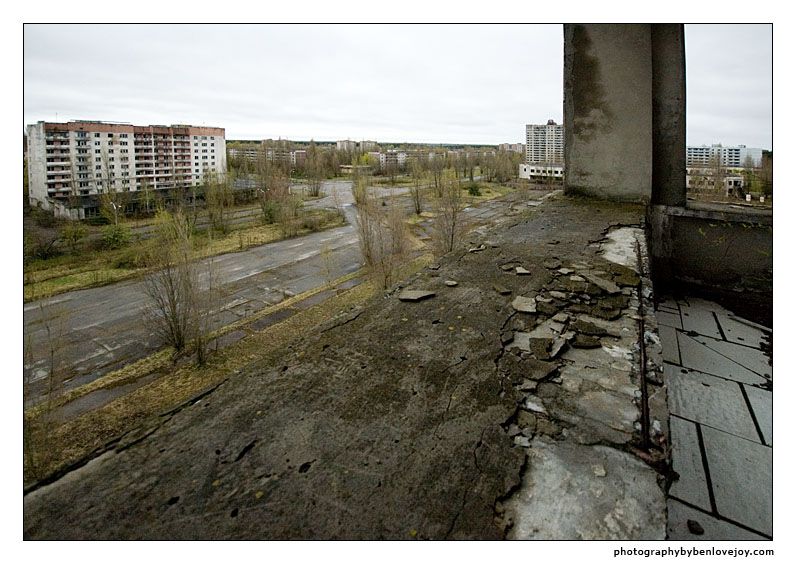![]()
The Chernobyl disaster |

|
The Chernobyl reactor explosion on 26th April 1986 was the world's worst nuclear disaster. Ironically, it occured during a safety test. The sequence of events leading to the disaster is complex, but essentially comprised a combination of flaws in the reactor design and poor communication & procedures concerning the test. The result was a meltdown leading to an explosion in which large quantities of radioactive materials were released into the atmosphere. The International Atomic Energy Agency (IAEA) uses a 7-level scale to measure the seriousness of a nuclear 'event'. Chernobyl is the only Level 7 event ever to have occured. A Level 7 event is defined as the 'Maximum credible accident' - or, stated more simply, the worst nuclear accident that can possibly happen. Although only 56 people died in the immediate aftermath of the accident, approximately six million people were exposed to substantial levels of radiation and it is estimated that around 9,000 of those will die from cancer caused by fallout from the site. Over 330,000 people had to be permanently evacuated from their homes, including the entire population of the nearest town, Prypiat, and around 180 villages. More than two million people still live on land which is significantly radioactive. Thyroid cancer has risen more than 100-fold in the worst-hit areas, and babies are being born with cancer or leukaemia. |
Chernobyl Children's Project |

| Many of the children are in remission from cancer, some are disabled, some are orphaned. The idea is to give them four weeks of fresh air, good food and new experiences. The project also supports work in Belarus itself: |
My trip |

|
After spending a week on a Unicef field trip in Cambodia, taking photos which were used in a whole range of Unicef publications, from the annual report to the front cover of the 2008 Unicef diary, I decided to devote one week a year to pro-bono work for a charity. One friend, Mike, had made the trip before (inexplicably doing this by motorcycle rather than one of these new-fangled aeroplane things). He put me in touch with the CCP, and another friend, Mark (a fellow photographer), decided to join me on the journey. The CCP were enormously helpful, and I'd like to express particular thanks to Linda Walker for her kind assistance with the logistics of the trip, to Tania for acting as host & interpreter in Gomel, and to Ira for doing the same in Minsk. We had one free day in Kiev at the start. If you are planning your own visit to Chernobyl, you may be interested in a brief tour of Kiev, otherwise the blog proper begins with the Cherobyl Museum. |
![]()